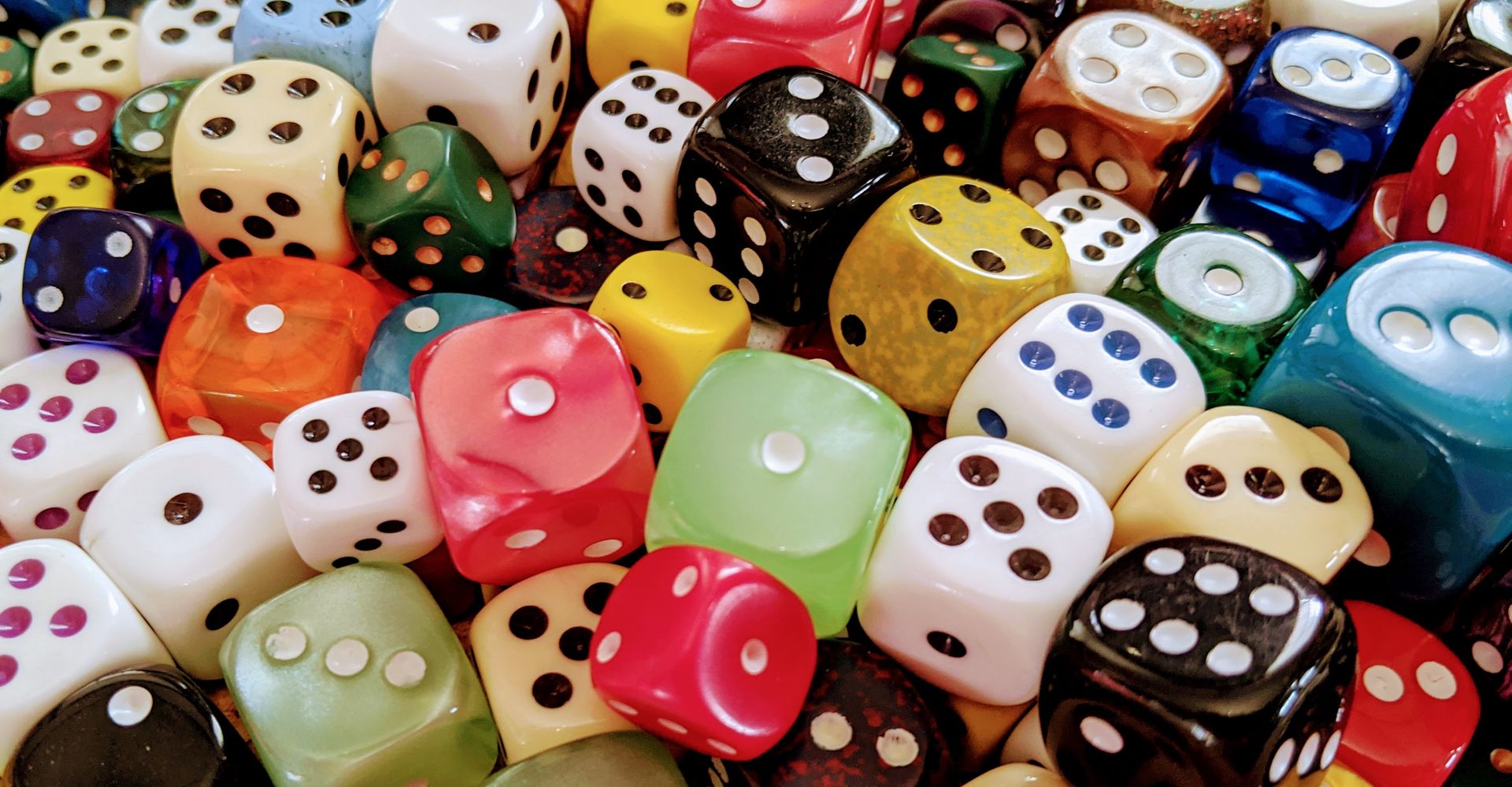Welcome back to my humble tabletop shop! If you've been following this series for the last couple of weeks, so far, I've given you the rundown on setting up your Inventory and PoS applications. Now it's time for a little insight on the Manufacturing application, and how it will help keep track of production time and consumed inventory. I want my clientele to be able to order custom made dice from the Tavern's counter. This will involve configuring the products themselves to Manufacture, setting up the variants, and setting them up with a Bill of Materials (BoM). So I will first dip into Product Configuration, and then I will get into the manufacturing process. Earlier in this series, I mentioned that a few of my products were going to be listed under the consumable product category. These items are purchased for the sole purpose of manufacturing custom products my customers order, such as the custom resin dice sets! (I'm a dice goblin, and proud of it.) However the consumable materials themselves are not for sale, such as:
- Epoxy/Resin (to be be mixed, colored, and poured into the mold)
- Epoxy Resin pigments (ink dye, for clear pigmentation)
- Mica powder (for heavier pigmentation and/or the coveted sparkles)
- Baubles (tiny items to place in the resin such as as stars or animals)
- Acrylic paint (for filling in the numbers on the dice faces)

When I create the product for my custom dice, I'm going to make this a tiered option with Product Variants. This will help me keep track of the consumed products for each different kind of dice set. My base product is going to have a choice of resin color and number color, much like the green and red dice pictured in the blog's header image. It's a classic. Since every dice set will have this starting process, it will be an easy base to add on to for the other variants. We'll call this Level 1, since it can be... leveled up! We'll say for the Level 2 dice, you can add some sparkly mica powder for a shimmering effect or maybe some foil paper flecks to give it a fractal look. With Level 3, you can have any of the afore mentioned options and throw in some baubles. I'm going to open the product, listed plainly as Custom Dice. Under the Attributes & Variants tab, I am going to mark an attribute as "Level" and then its Values will be Level 1, Level 2 and Level 3. When I've created these, I will be able to configure them. This will take me to a new page where I will see those values separated out. Here is where I can add any up-charge that may come with those extra goodies. Level 2 dice will be $5 more than Level 1, and Level 3 will be $10 more. Following my breadcrumbs back to my base product, I will see a Bill of Materials smartbutton. This will direct me to a new page where I will begin adding the materials used to create them. I will add the extra products for the higher priced Levels and specify that it is only for those variants and not the base.
It's time! Going into my Manufacturing application, I'm going to navigate to Configuration > Settings. From here, I'm going to make sure that Work Orders are enabled. This is going to ensure that when an order is placed, a work order will appear in the Forge and let my smithy know it's time to roll up the sleeves. Afterwards, I'm going to enable Quality checks so when a set of dice is completed, we can be sure they're balanced and there aren't any blemishes. Moving on to the Work Centers, I'm going to create two in the Forge (my workshop) and list them as each other's alternate stations. Heading back up to the Configuration button on my menu bar, I will see Work Centers listed below and select, then I'm going to click the Create button. I can set a buffer time for set up and clean up, list how many party members can work this station at a time, and enter in the cost to operate it. Then I'm going to fill them with the following tools and equipment:
- Reusable silicone cups (for mixing the epoxy resin, economical and easy to pop dried resin out of)
- Tongue depressors or popsicle sticks (for mixing but these also have many uses for the terrain builds and holding minis for painting)
- Dice molds (also silicone, easy to pop out the precious math rocks)
- Syringes (for adding color swirls)
- Tweezers and needle-nose pliers (for adding and positioning foil flecks and baubles)
- Exacto knives (for shaving off excess resin)
- Fine grit sandpaper (for smoothing or sharpening the edges)
- UV lights (for curing)
- Pressure pot (also for curing) - This I can also add how much this item costs, what its warranty is for, and how often it needs to get a maintenance check-up. This is very handy for expensive equipment.

With the station ready to go, if I navigate back up to the Configuration button, I'm now going to go to my Operations. I'm going to set up the steps for the process and assign the previously created BoMs (including variants) and Work Center. Mix, Pour, Cure and Refine: each process will have its own operation with which tools are used for it listed below. On each of these, I can also add a "How-To" for my employees in the form of a PDF, Google Slide, or plain text. This will appear on the station's tablet or computer and offer further instruction for technique if needed. With the work center and operations configured, I'm ready to start taking orders for custom dice! My Tavern keep can take a custom order, which will turn into a work order, which can be viewed in the Forge on the Operations > Work Orders page. When I look at my work orders page, I can see:
- What operation is waiting to begin
- What work station it's in
- The order it was generated from
- When it was scheduled and how long it's expected to take
- How long it's actually taking
- and what the status of it is
So this is a perfect at-a-glance rundown of my Forge's to-do list! So if there are orders piling in, I (or my party members) will be able to jump in, get these custom dice completed, and bestow them unto their adventurers. My dream tabletop shop is coming together so very nicely. I hope this helps with setting up your own dream shop, whatever it may be. I will back with the fourth installment of this series, covering how to set up a website for a small business and allow online orders. Thank you for your time and remember, if you need any help at all getting set up with Odoo, Hibou is here to help.